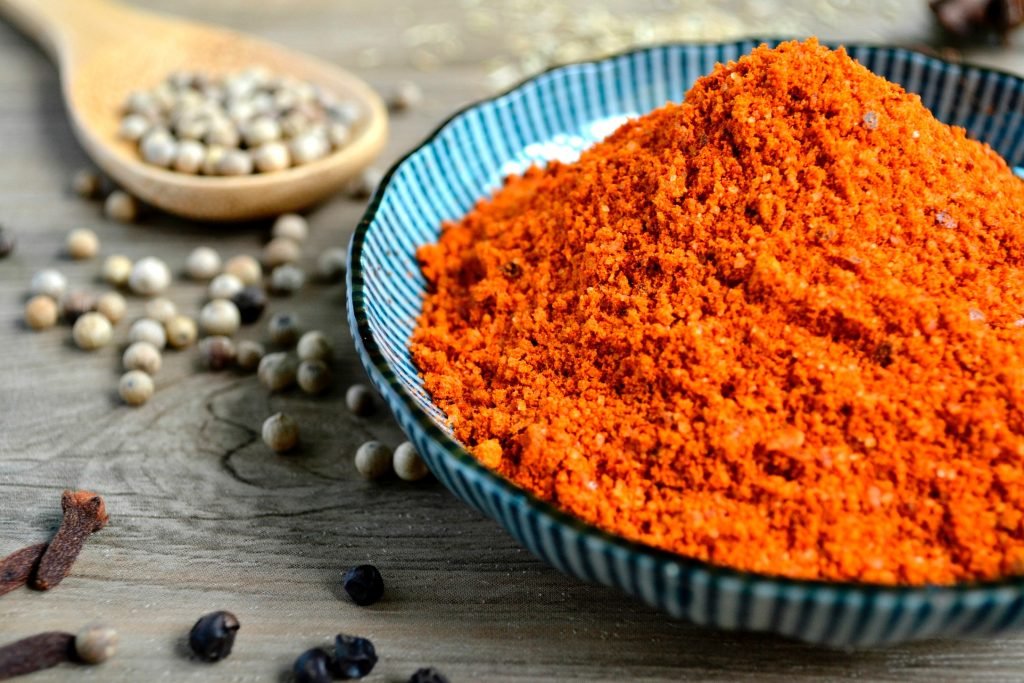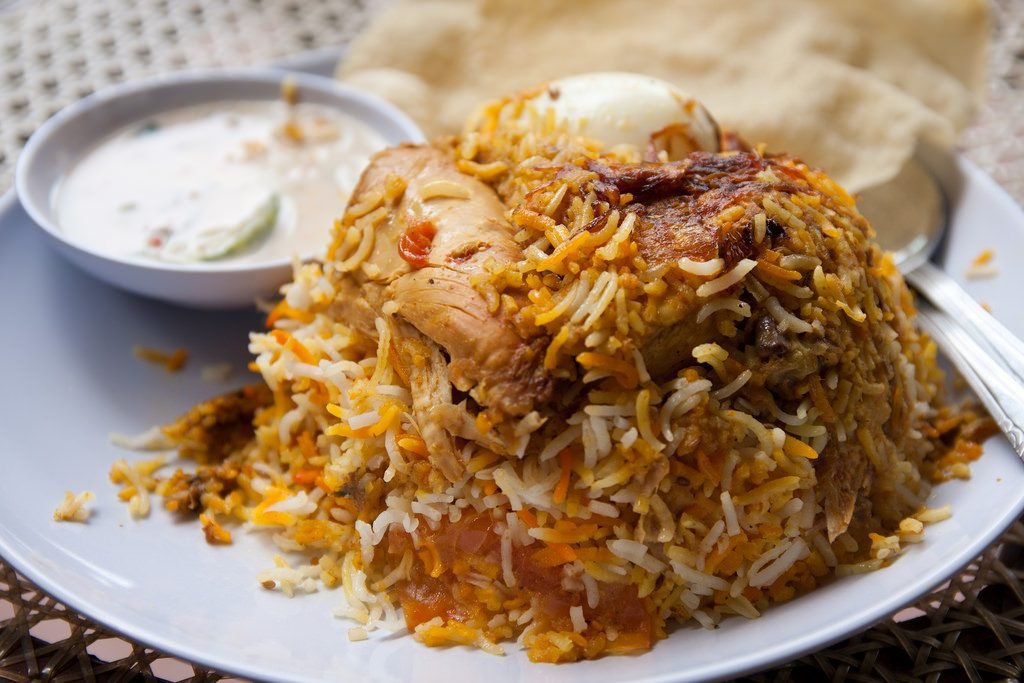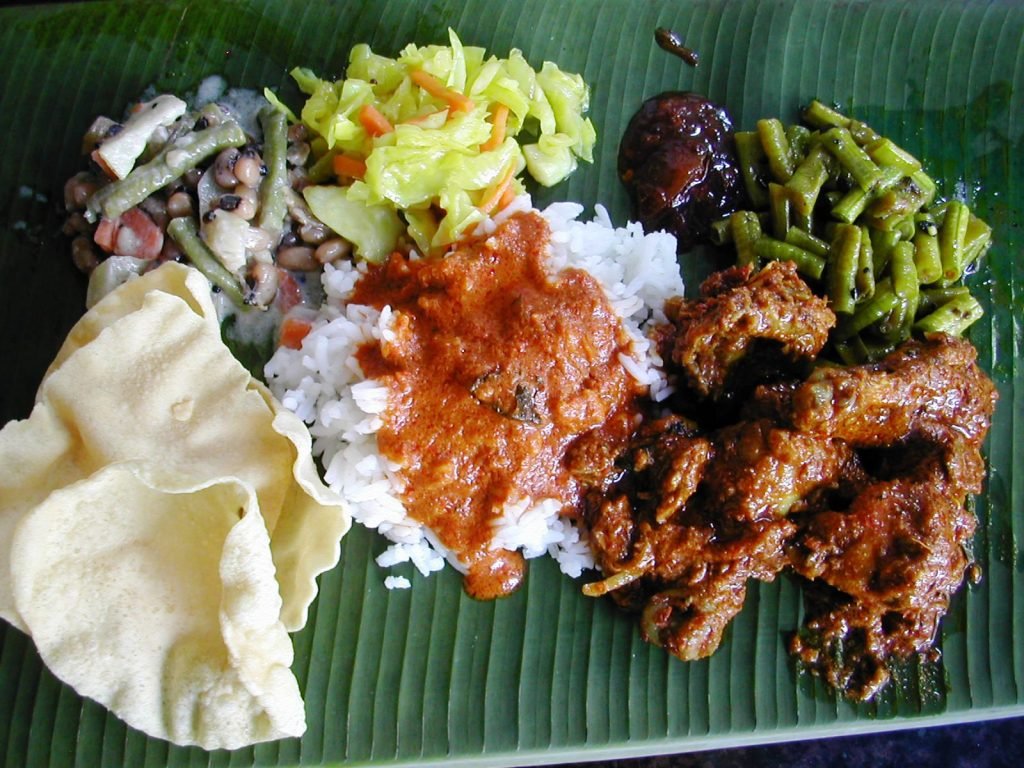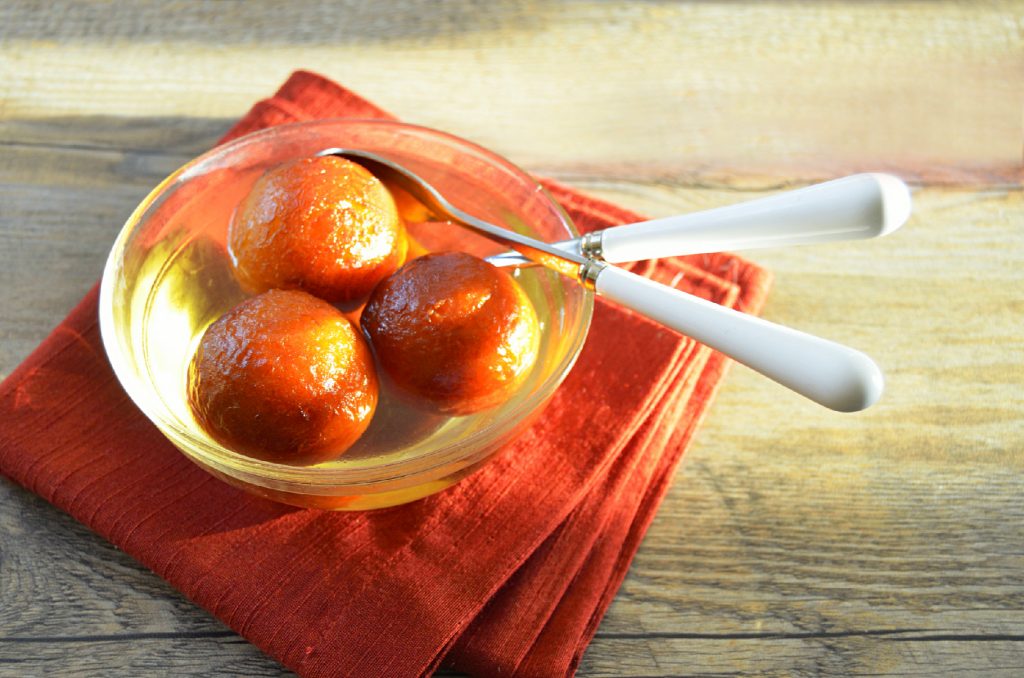
Photo by Min Ling on Unsplash
Mouthwatering Indian Cuisine in Malaysia
Most Indian communities in Malaysia today are descendants of Indian nationals who migrated during the British colonisation of Malaya, but there is evidence of many migrators from as early as the 10th century. So it should come as no surprise that Malaysian Indian cuisine consist of adaptations of many authentic dishes from India. With time came many other Indian creations and fusion food (inspired by the diverse food culture of Malaysia), adding to the enormity of the Indian communities’ contribution to the local food palette.
As the vast majority of Malaysia’s Indian community are of South Indian descent, much of the available Malaysian Indian cuisine is predominantly South Indian inspired in character and taste. But it’s not only South Indian dishes that reign supreme in Malaysia, Mamak (or Indian Muslim) dishes, popularised by the the omnipresent Mamak stalls or restaurants, are also particularly popular amongst locals. If you’re not sure where to dive in with Malaysian Indian food, these dishes should provide a good introduction;

Photo Credit: Flickr / Joel Koh
Nasi Biryani
Popular throughout the Indian subcontinent and among the diaspora from the region, nasi biryani is made with spices, rice and meat (chicken, mutton, beef, prawn, or fish) or vegetables. A wholesome rice dish, the popularity of nasi biryani is attributed to its aromatic flavours and its distinctively rich taste. The spices and condiments required to make biryani is plentiful, thus making it a tough dish to master, aiding in its popularity.

Photo Credit: Flickr / Patrick J Cusick
Banana Leaf Rice
A traditional method of serving rice dishes in South Indian cuisine, this is one tradition that has stood the test of time. In banana leaf meals, rice is served on a banana leaf with an assortment of vegetables, pickles, papadum, and other condiments. Typically, only vegetarian gravy will be served on the rice but most establishments today offer various curries, fried meat, or seafood. Most establishments will also provide you with cutleries to eat, although traditionally, banana leaf rice is meant to be consumed by hand; to heighten your senses and enhance the taste. Do keep to your right hand though, as the left hand is considered unclean.
Note: The banana leaf acts as a disposable plate and it in itself is not consumed.

Photo Credit: Flickr / Alpha
Roti Canai
Also knowns as roti prata, this dish is Indian-influenced flatbread. A popular breakfast and snack dish in Malaysia, and roti canai is also one of the most famous examples of Malaysian Indian cuisine. It is said that the dish was brought over from India by Indian Muslims, also known as Mamaks, making it abundantly available in mamak stalls throughout the country. Traditionally, roti canai is served with dal (lentil) curry but in Malaysia, most mamaks also serve roti canai with a side of chicken or fish curry and sambal (a sweet and spicy hot sauce made from chillies and a variety of spices).

Photo Credit: Flickr / Michelle Peters-Jones
Gulab Jamun
There are sweet treats and then there’s gulab jamun. A milk-solid-based dessert originating in the Indian subcontinent, gulab jamun is immensely popular in India, Pakistan, Sri Lanka, and Nepal. Unsurprisingly, with the third largest group of Malaysia being from the subcontinent, Malaysians also enjoy this dessert. Prepared by heating milk over a low flame until most of the water content has evaporated, the milk solids are then kneaded into a dough with a small amount of flour, and shaped into small balls. It is briefly deep-fried then soaked in a light sugary syrup. Readily available at restaurants, it is often eaten at festivals, birthdays or major celebrations such as marriages, and celebrations of the Hindu festival of Diwali.
